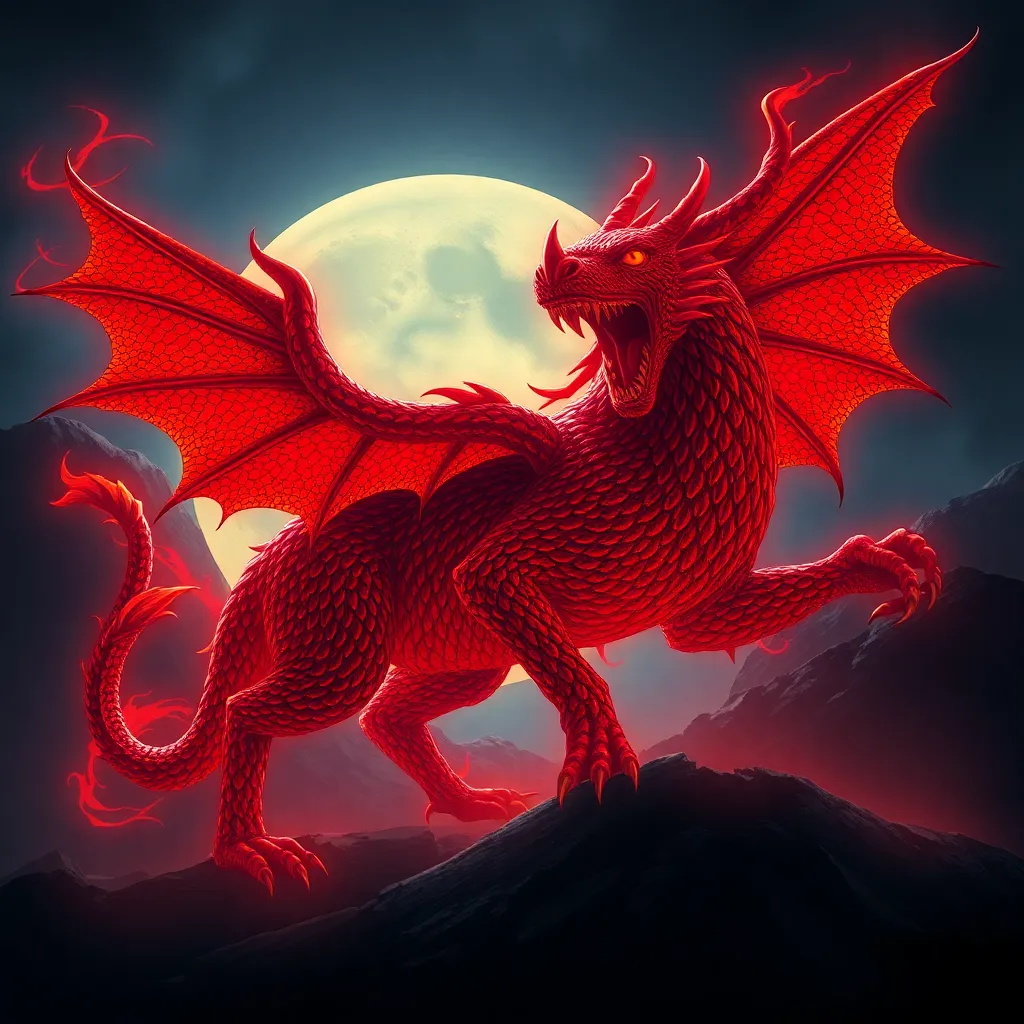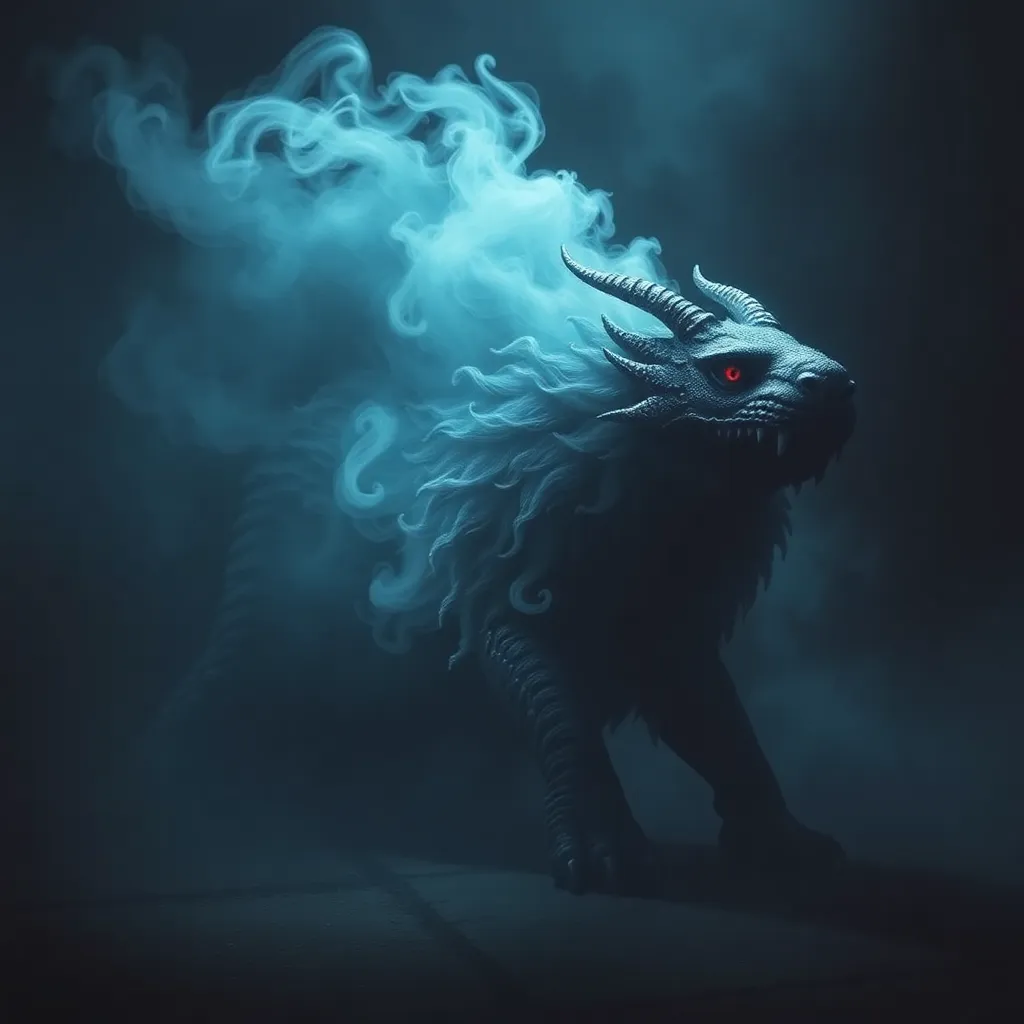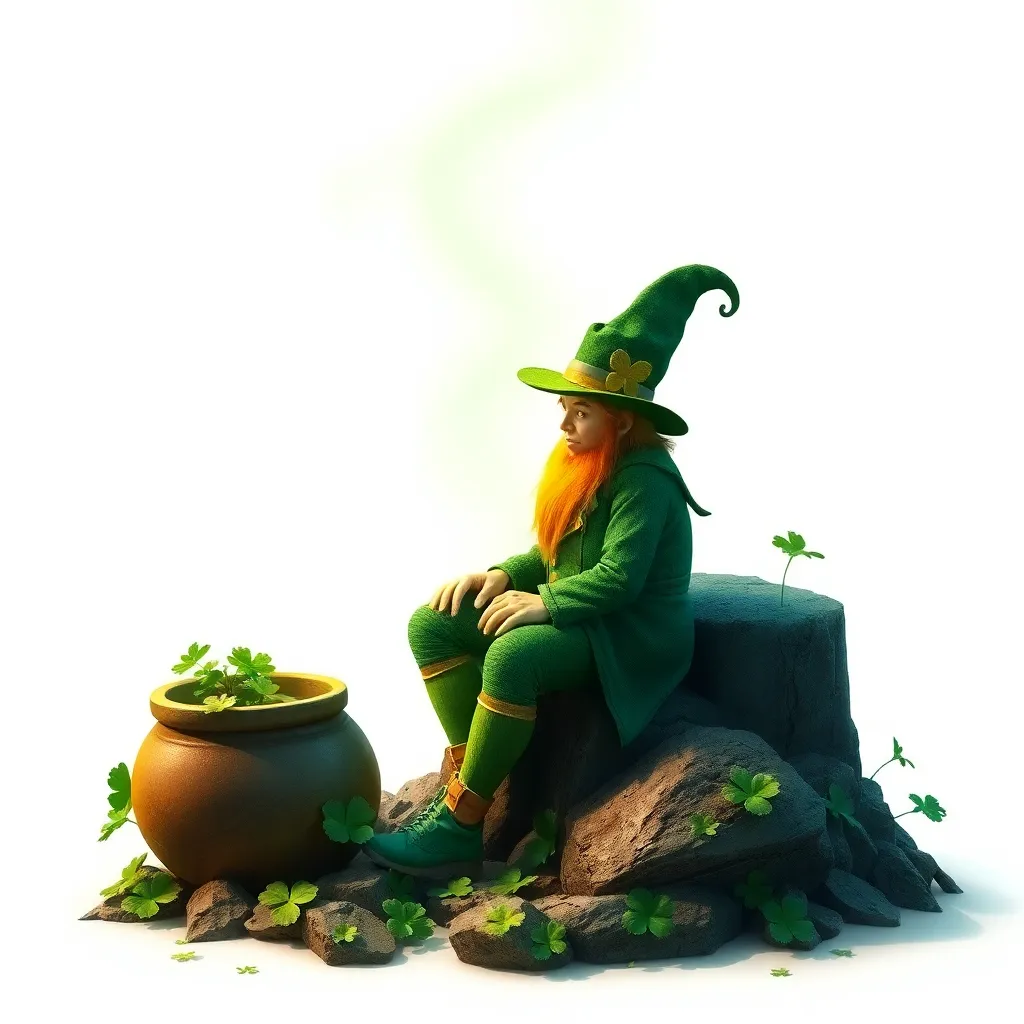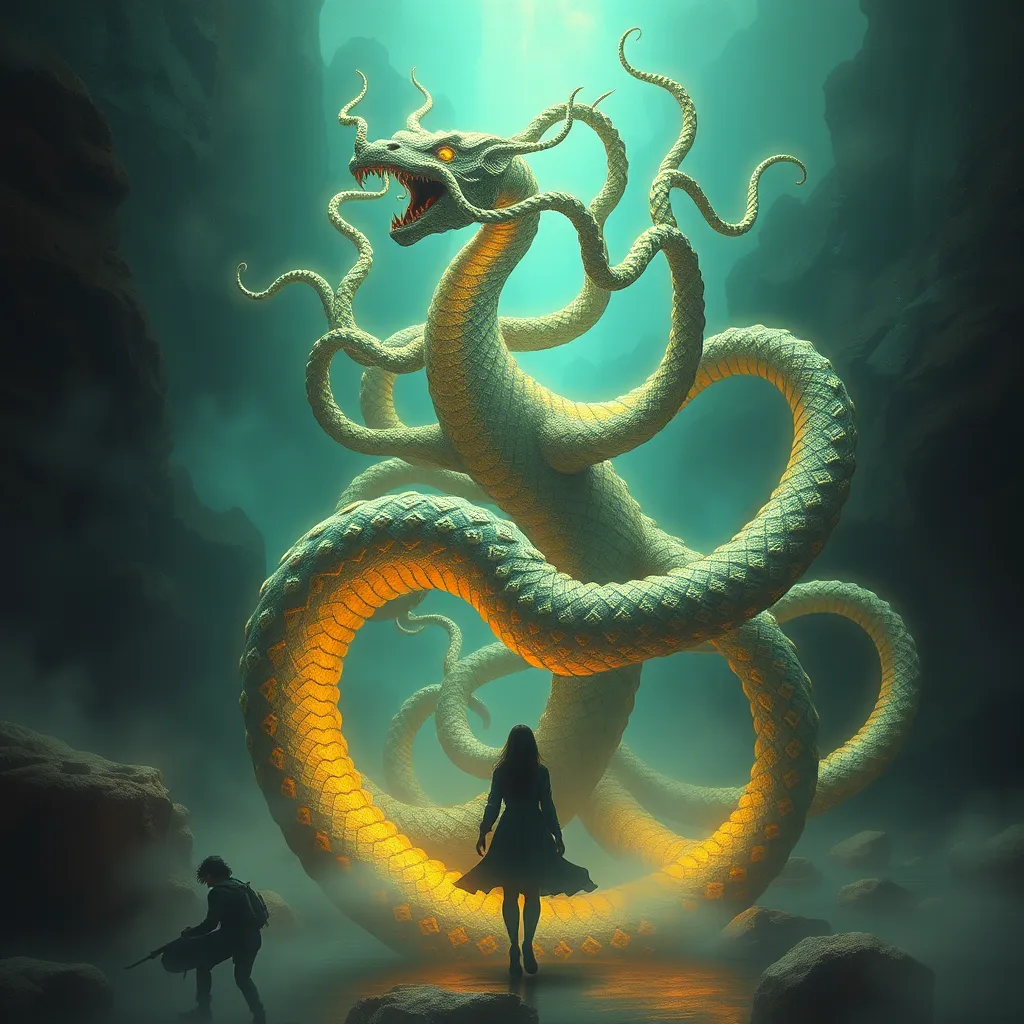The Manticore: Fact or Fiction? Exploring the Origins of the Legend
I. Introduction
The Manticore, a creature steeped in myth and legend, is often depicted as a fearsome beast with the body of a lion, the head of a human, and a tail that resembles that of a scorpion. This combination of features gives the Manticore an aura of both majesty and terror, making it a fascinating subject of study in the realm of mythology.
Throughout history, the Manticore has held significant meaning in various cultures, often serving as a symbol of the unknown and the dangers that lurk beyond the familiar. Its story has evolved over centuries, weaving itself into the fabric of folklore and popular culture.
This article aims to explore the origins and validity of the Manticore legend, examining the historical context, physical descriptions, literary representations, and modern interpretations of this mythical creature.
II. Historical Context of the Manticore
The Manticore first emerged in ancient texts, where it was described as a fierce predator. Its earliest mentions can be traced back to Persian mythology, where it was known as “Martichora.” The creature was feared for its deadly nature and was often associated with chaos and destruction.
In addition to its Persian roots, the Manticore made its way into Greek literature, where it was depicted as a formidable opponent in tales of heroism. Its cultural significance in both Persian and Greek mythology highlights the creature’s dual role as both a protector and a threat.
- Persian mythology: Origin and early descriptions
- Greek mythology: Adaptation and integration into local lore
- Comparison with other mythical creatures, such as the Chimera and the Griffin
III. The Physical Description of the Manticore
Traditionally, the Manticore is described as having a lion’s body, a human head, and a tail that is often depicted as a scorpion or a serpent. This unique combination of attributes has led to various interpretations across different cultures.
Variations in descriptions include:
- Some sources depict the Manticore as having three rows of sharp teeth, similar to those of a shark, emphasizing its predatory nature.
- Others describe it as having the ability to shoot poisonous darts from its tail, enhancing its fearsome reputation.
The symbolism behind these features can be interpreted in various ways, representing the duality of humanity (the human head) and the primal instincts of nature (the lion’s body and scorpion tail).
IV. The Manticore in Literature and Art
Throughout the Middle Ages, the Manticore became a popular subject in bestiaries—books that cataloged animals, both real and mythical. These texts often included elaborate illustrations and descriptions, further entrenching the Manticore in the collective imagination.
During the Renaissance, artists began to depict the Manticore in various works, showcasing its blend of beauty and horror. Notable representations can be found in:
- Paintings by artists such as Hieronymus Bosch, who incorporated fantastical creatures into his work.
- Literary references in works by authors like Sir Walter Scott and John Milton, who used the Manticore as a symbol of evil.
In modern literature and pop culture, the Manticore continues to find its place, often appearing in fantasy novels, films, and video games, solidifying its status as a legendary creature.
V. Theories Behind the Manticore’s Origins
Several theories have been proposed regarding the origins of the Manticore legend. One possibility is that early encounters with exotic animals, such as lions or large reptiles, inspired the creature’s creation. Additionally, the discovery of fossils could have led ancient peoples to conjure fantastical interpretations.
Psychological and sociocultural factors also play a role in myth creation. The Manticore may symbolize humanity’s fear of the unknown or serve as a cautionary tale against the dangers of hubris. Historical accounts of battles with formidable foes may have contributed to the legend’s evolution.
VI. The Manticore in Contemporary Culture
In contemporary culture, the Manticore has carved out a niche for itself, especially within the realms of fantasy literature and gaming. It is often portrayed as a powerful monster to be defeated, representing challenges that heroes must face.
Additionally, the Manticore has found symbolic representation in modern media:
- Films and television shows often use the Manticore as a metaphor for inner demons or societal challenges.
- In video games, it is frequently depicted as a boss character that embodies the struggle against adversity.
This versatility in representation underscores the Manticore’s relevance in discussions about fear, conflict, and the human condition.
VII. Debunking the Myth: Scientific Perspectives
From a scientific standpoint, the biological feasibility of the Manticore raises questions. Experts in mythology and biology suggest that such a creature could not exist due to anatomical and ecological constraints.
Insights from mythology experts highlight the importance of mythological creatures in understanding human culture and psychology. While the Manticore may not be a factual entity, its existence in folklore reflects humanity’s creative imagination and its capacity to derive meaning from the natural world.
VIII. Conclusion
In conclusion, the Manticore’s journey from a fearsome legend to a modern cultural icon illustrates the enduring power of myths in shaping human narratives. As we explore the significance of the Manticore, we recognize the delicate balance between fact and fiction in the study of legendary creatures.
Ultimately, the Manticore serves as a reminder of humanity’s fascination with the unknown and our desire to make sense of the world around us through storytelling and myth-making.




